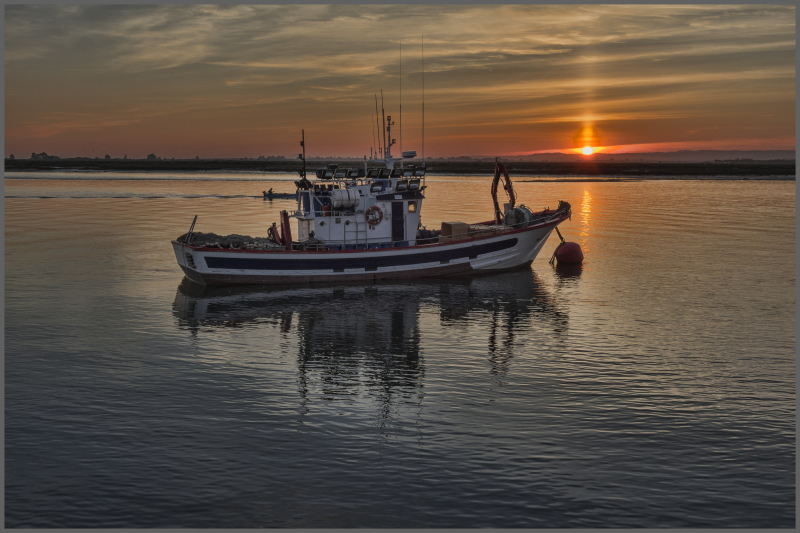Alexander Selkirk
Robinson Crusoe's narrative is a great one about a castaway that is packed with adventure. Few people are aware that it was mostly or entirely based on the true story of Alexander Selkirk. The Scottish sailor had a reputation for being a bit of a braggart and having issues with authority, so it may not have come as a huge surprise when, in the year 1704, he got into a disagreement with his captain and told the younger man to just abandon him on a neighboring island. The captain gave in, and Selkirk received the traditional heave-ho.
He had access to an abundance of food on the island, including wild turnips and other vegetation, as well as savage goats. The Robinson Crusoe story is a fantastic one about a castaway who is full of adventure. Few people are aware that Alexander Selkirk's true narrative served as the basis for most or all of the film. It may not have surprised anyone that the Scottish sailor, who had a reputation for being a bit of a braggart and having issues with authority, got into a fight with his captain in the year 1704 and advised the elder man to just leave him on a nearby island.
Selkirk received the customary heave-ho once the skipper gave in. On the island, he had access to a plethora of food, including untamed goats, wild turnips, and other plants. Armies of rats would. Due to the fact that Selkirk was a Scottish privateer, Spanish sailors who attempted to capture him twice would have executed him. He was able to remain undetected while his pursuers peed on a tree where he was hiding. About four years after being abandoned on the island, in 1709, he was finally rescued.












